Sean Chen on Evolving as a Comics Creator
The comic book artist and writer discusses developing well-rounded skills and letting yourself learn from the process.
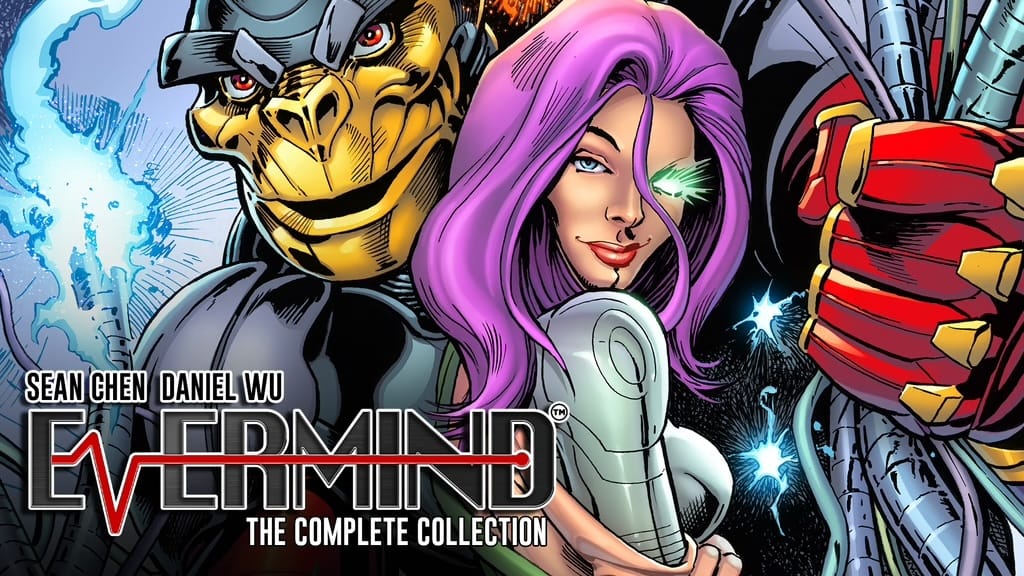
Recently, our sister site, The Creative Independent featured an interview with Sean Chen, an acclaimed comic book artist and creator whose career spans over three decades at the very top of the industry. The conversation arrives as he launches a new Kickstarter campaign for Evermind, which many are calling his magnum opus—a bold creator-owned vision that fuses cutting-edge science fiction with emotional depth. Partnering with international superstar Daniel Wu, Sean has expanded his artistry beyond interiors and covers into world-building, design, and storytelling at a cinematic scale.
Chen is best known for his definitive runs on Iron Man, Wolverine, Avengers Academy, and X-O Manowar. A lifelong innovator, he continues to influence the industry not only through his art, but also through his teaching, mentorship, and his role in shaping new creative frontiers for comics. Fittingly, in the TCI piece, he offers advice for younger creators, something we wanted to highlight here.
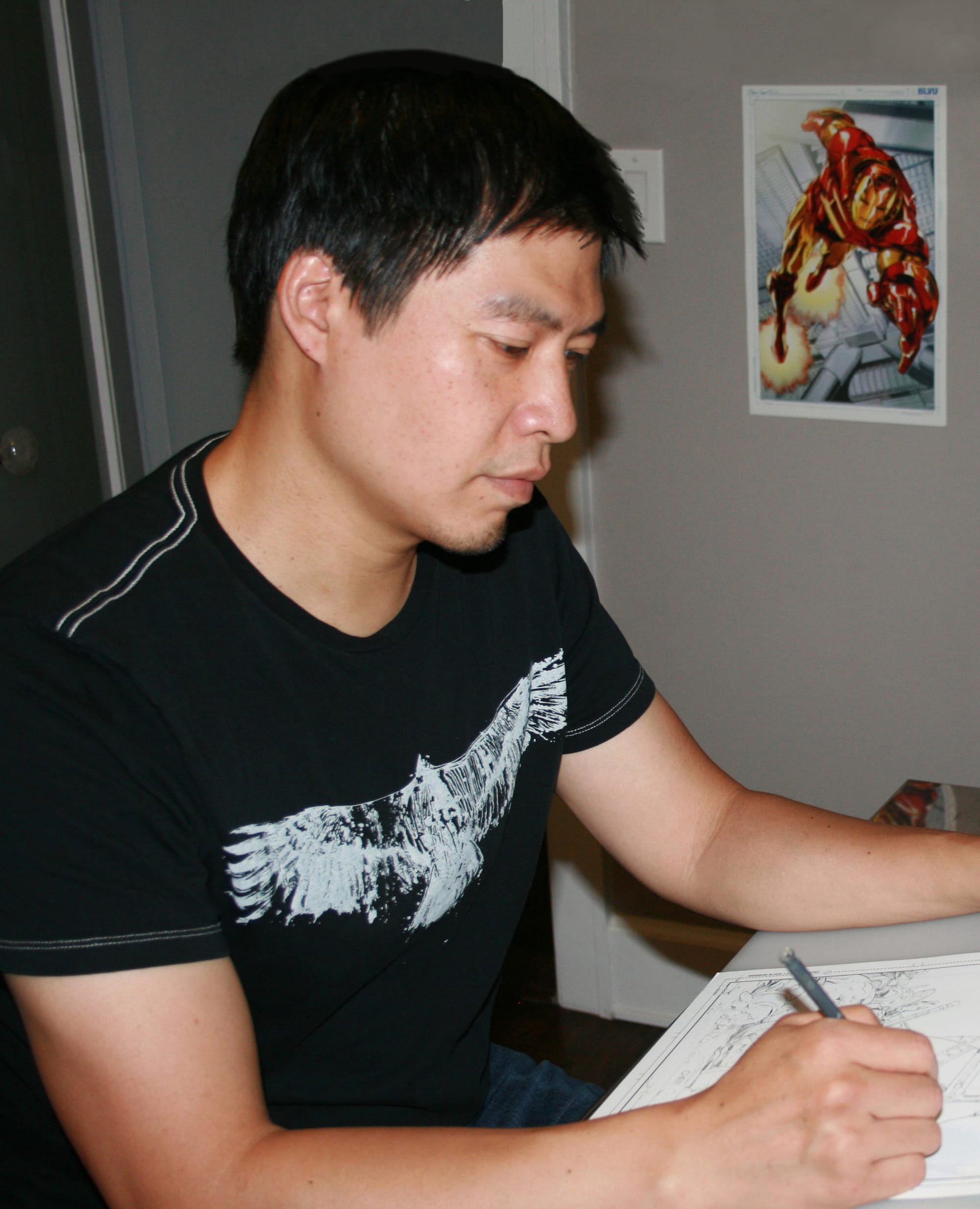
You’ve been working in comics for a while now, across a number of different publishers and mediums, both as an artist and a co-creator. What’s some advice you’d give a young Sean if you could?
I remember thinking very early on that I was primarily an artist, so it was all about taking the art to the farthest level possible. I put all my eggs in that one basket, thinking that I’ll always rise to the top because it was more important than everything else, which is pretty much true. But what I didn’t realize is all the other legs of the stool that come into play, particularly with social media and being out there, and having people know you as a creator in general.
I was perfectly fine to work behind the scenes and get really good at drawing. Now I realize that’s probably not enough. It’s also not very fun to just do the art part because I’m also a writer now. So, I would tell him to diversify and be an all-around creator, and then get out there and shake some hands.
Is that something you feel came naturally to you? Developing more of that public persona?
I’m definitely very introverted.
I do think that this is a solitary type of profession. To get really good at it, there’s a lot of time spent head down in your basement drawing all the time. That’s how you get good.
What I found out was especially working for Marvel is that they’re in a period writers started getting more attention. I realized how important it was just to not just be an artist, but actually get out there and have people care that it’s you as a person drawing, and not just the end-product of the drawing.
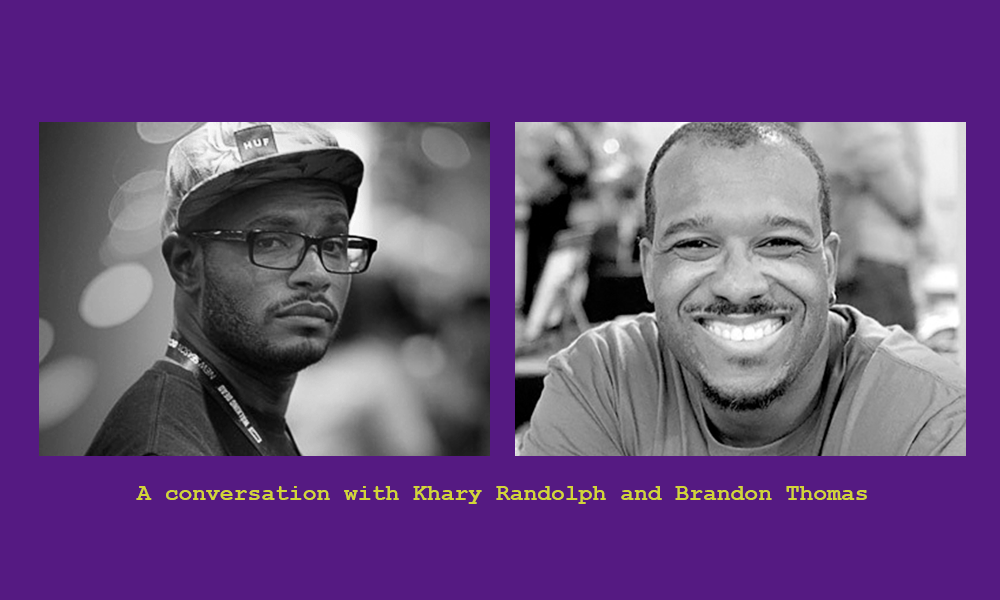
I read on your Wikipedia that you’ve continued to do industrial design? Do you have a particular approach about how you get to an end product? How do you approach design?
Form follows function is the mantra that we have in industrial design. Everything naturally looks best when you consider the function in mind, so it’s not just like a surface ornament. And then definitely just [having] an understanding of the three-dimensional world. I think I understood perspective before I understood how to draw people. That kind of explains why I was put on books like Iron Man and X-O Manowar. As I got better at drawing people, and as I started to develop a love for anatomy, even my approach to anatomy was very academic. I just knew all the bones and muscles and how they interconnected.
The dynamics came a little bit later. As you saw, I started out on Iron Man but then I went to Wolverine and then eventually did Electra, then books like Spider-Man, so they got progressively more and more naked as you went along. That really tells me that I’m getting somewhere because they would trust me to lift up the mask and draw a face, so body language can come through. So yeah, definitely a very academic approach. Just a love for representing three-dimensional objects in a two-dimensional canvas was something I was really obsessed with. It really kind of informed my love for books that are more like science fiction in nature rather than just everyday genre-type books.
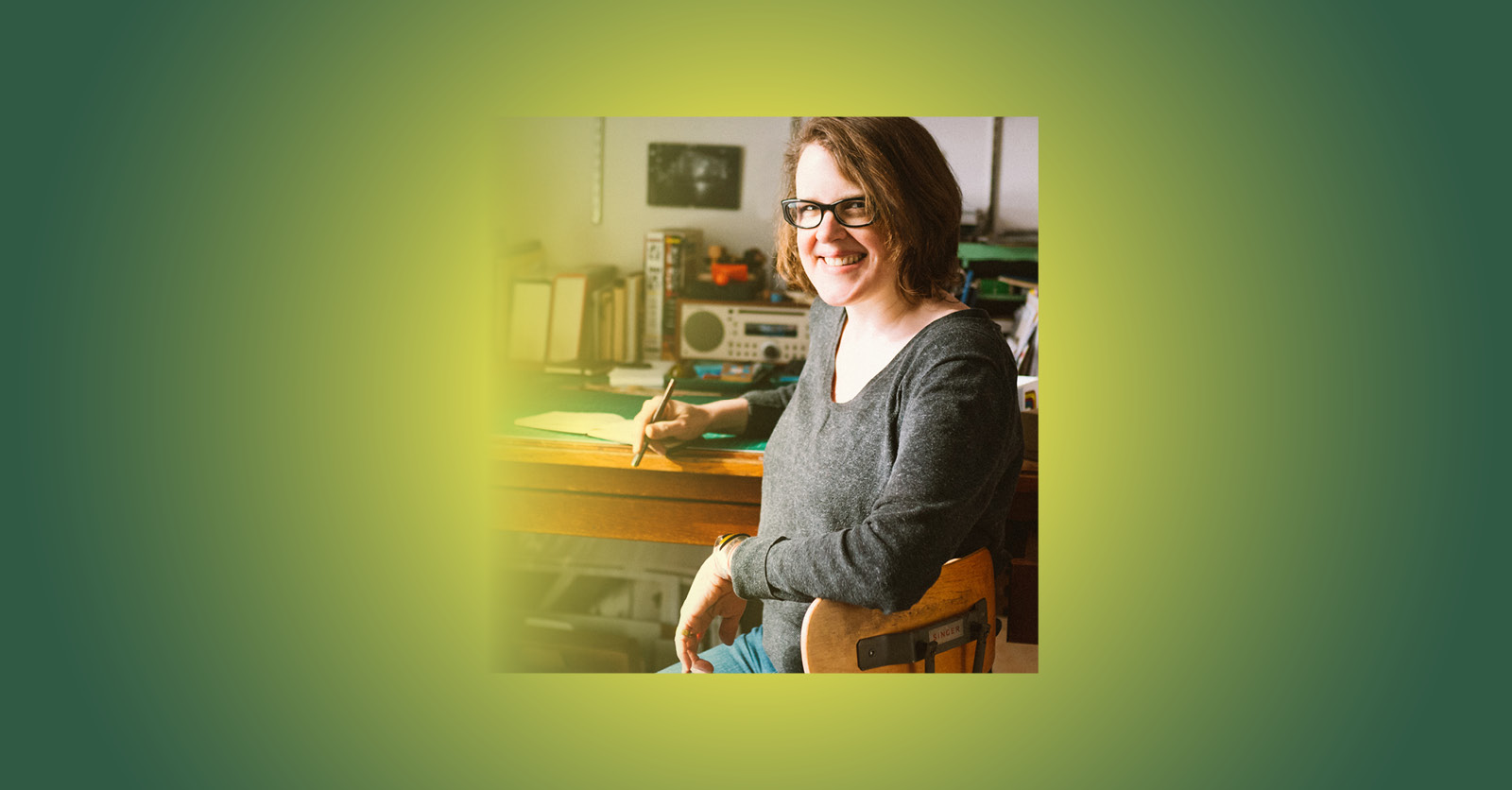
Thinking about Evermind, you did the Kickstarter initially for the first three issues and now we’re finishing that up. Are there any other plans for this kind of story in the future, or do you feel like there’s more to explore in this world?
For sure. When I first started writing this, it was based on a concept and that concept kind of created a plot out of it. I think what happened then is that the character component wasn’t in there yet. I can plot sometimes and the concept alone doesn’t necessarily excite you, but when you put the characters into play and have chemistry between them, that’s when it ignited a fire to tell the story. I think one thing about it is that I got a lot of interesting, novel ideas and as I’m doing them, I was like, this character alone, who’s basically a side character–there’s enough there to create an entire story. So in this six issue series that we have on Kickstarter, it’s going to wrap up the story. However, the character arc can continue to many more stories. Whether or not we do any of that, it really depends on how well it does. So, I hope people support it and get interested in it. And also participate in it. I would love to see fanfiction. I’d like to see other people pitch ideas. We’re very open to that, to take the universe and the lore and just see where you can go with it. It’s entire little pocket universe anyone can play in.

One of the unique things about this story and this campaign in general, and I know this has come up in previous interviews from the first campaign, is the origin of it came from a sketch you did of the two central characters: the robotic woman and guerilla mecha. Carl and Daniel broke it out from concept to now this fully developed story. What are the conversations that you guys have? How in depth do you get? Especially when you’re talking about character.
In general, that’s how things played out. It started with a drawing that really had no story behind it. But the way I do drawings, it’s made to look like it’s kind of a cover image that’s in media res: like a story that’s already ongoing and you just see a snapshot. It really begs the question: what led up to this moment in general? I used to think that was a very bad way to come up with a story, because it really should be, in terms of importance, theme first, then important philosophical questions you’re trying to wrestle with, and then you try to find characters and a world for it last to get your point across.
This one came with Carl seeing a picture and he said, “What’s a story about this?” and I said, “There’s no story, it’s just characters.” So he says, “Let’s kind of pick at it and see if we can make a story out of it.” And I was like, “Okay, this is an interesting game, but I don’t think this is how stories are written. You don’t just get inspired by an image, and there’s no guarantee that you can get anything good out of it.” But when we went on more and more, he got very excited about the idea I came up with and I guess that’s what I found out. In writing, the ideas can come from anywhere–as the germ or the beginning of the idea–but it’s really what you do with it.
There’s a lot of concepts out there that are very familiar. Science fiction tropes and superhero tropes. And they can be told badly and no one would really care, but that same story in the hands of a very capable writer can make it very compelling and turn it into something completely different. That was what I was striving for. Being very new to writing, I had to really take a very deep dive.
I mean, I know when there’s an artist that becomes a writer, there’s a lot of hesitation there because it’s really not our wheelhouse. But writing is something I always wanted to do. I did do my due diligence, over the decades of taking all these master classes and being very fascinated by the process. And I think we’re all very proud of this book and how it came out. I was kind of surprised I was able to do this because I’m not particularly well-read. What I’ve been hearing in terms of the feedback is [the story] is very tense moment-to-moment. We just gave it to people to read and immediately they would kind of tear through it and want to see the other stuff and want to see how it finished. That’s really the highest compliment you can get as a writer, that very elusive unput-downable quality. This is my first and one shot to put something out and try. It’s got to sell by word of mouth, so I tried my hardest on the writing, which seems to be going over pretty well, and I really put my all into the best drawing of my career.
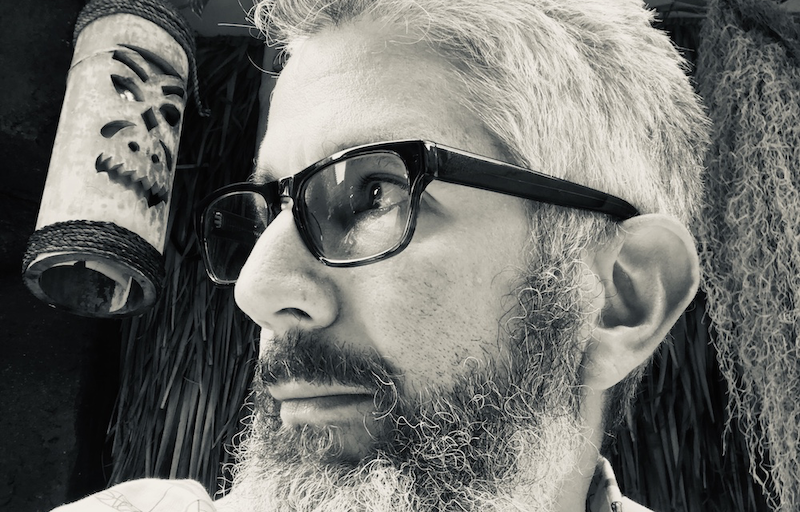
You can read the rest of the conversation, where he discusses developing well-rounded skills, letting yourself learn from the process, and having gratitude for fans, at The Creative Independent.





